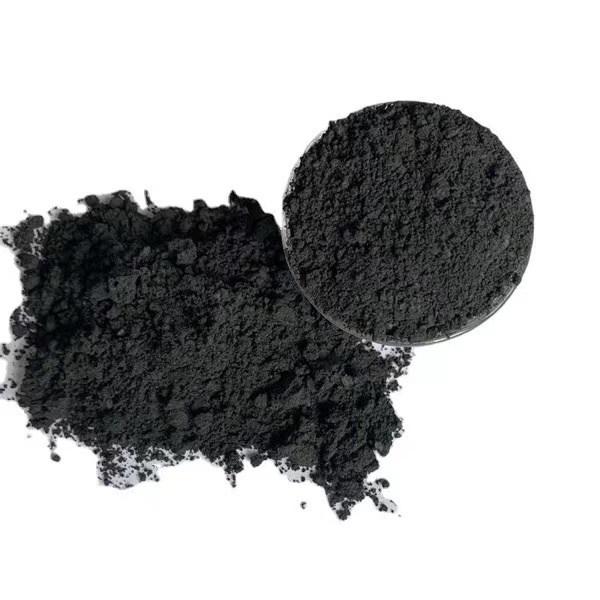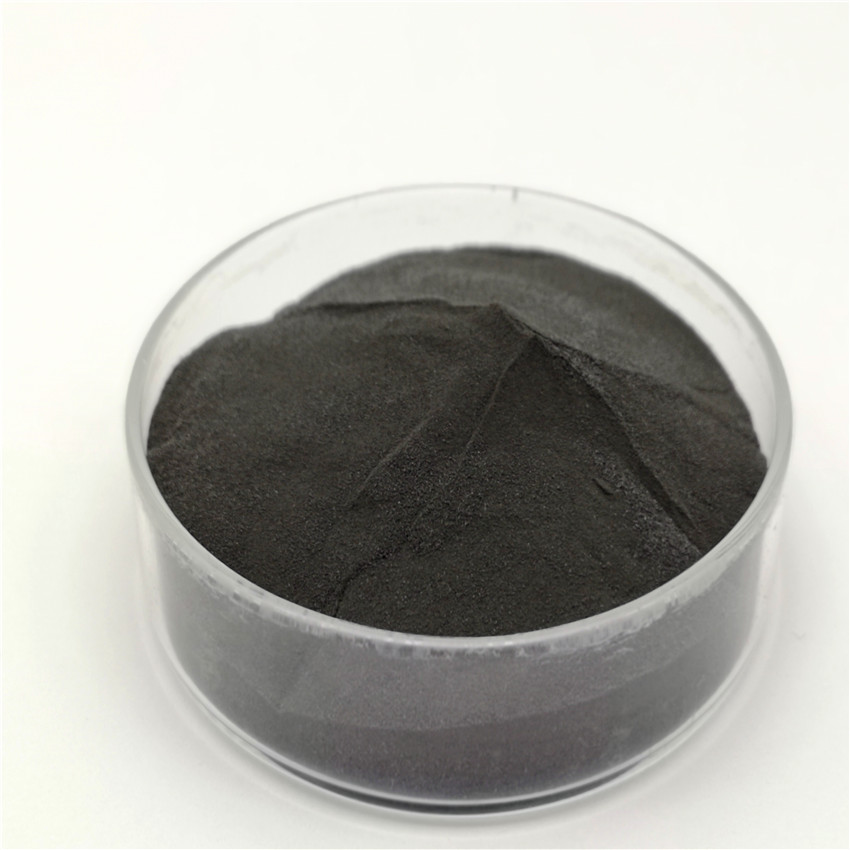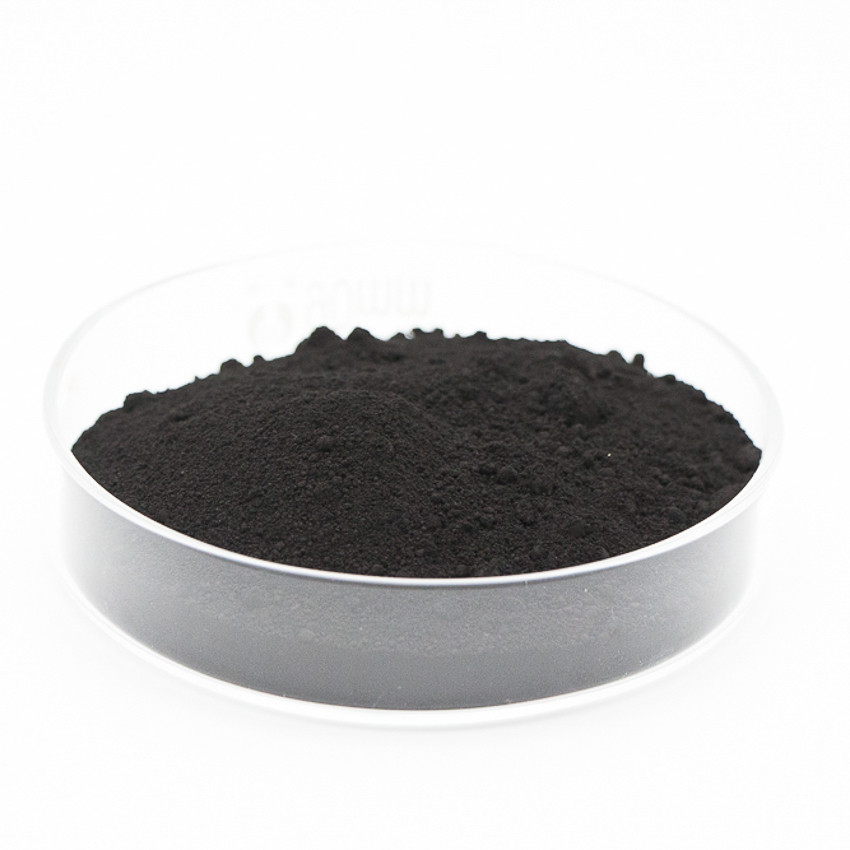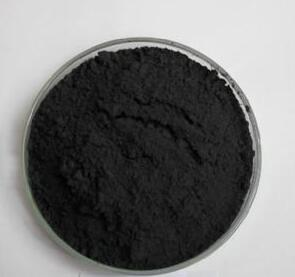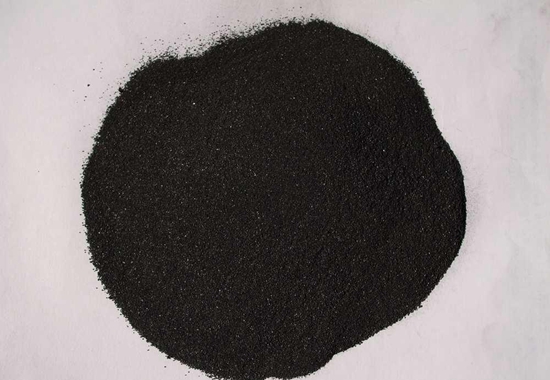Understanding the Charge-Discharge Curve For a Lithium Ion Battery
Every day we rely on battery powered devices that provide us with the power to do all sorts of tasks. Most of the batteries that we use are lithium ion cells. Lithium-Ion technology allows these batteries to be smaller and more powerful than ever before. These batteries are extremely sensitive to their voltage and need to be handled properly in order to maximize their performance. The key to this is understanding the charge-discharge curve for a lithium ion battery.
Each battery chemistry has its own characteristic nominal voltage and discharge curve. Some have a very flat curve while others such as Lead acid have a more pronounced slope. During discharging electrons flow from the negative electrode (anode) to the positive electrode (cathode). This energy transfer lowers the chemical potential of the cell. When charging a constant current is applied to the battery through the external circuit. This electric energy is transferred into chemical energy in the cell with some loss due to internal resistance and coulombic efficiency.
The battery voltage level relationships during cycling are very complex and cannot be easily described by simple linear functions. The most accurate way to describe these is to use statistical features. These are extractable by performing a battery stress test and converting the voltage relaxation process to six statistical features; Var, Ske, Min, Mean, Kur, and Max.
These features are useful for modeling a series and parallel combination of cells as shown in the figure below. This model shows a good match between the simulated discharge curves (represented by the dotted lines) and the data sheet discharge curves.


